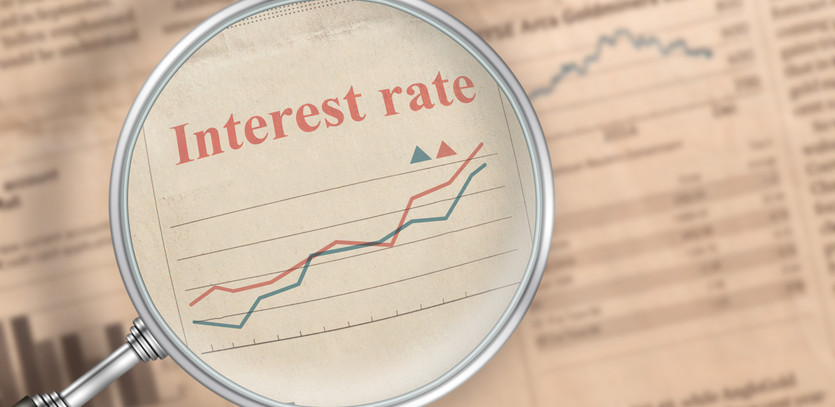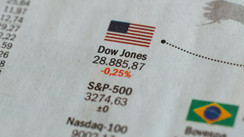Wall Street Rejoices Over Possible Rate Cuts
Remarks from the Federal Reserve officers in Boston and Chicago on Monday have spurred a surge of confidence among Wall Street investors. This wave of positivity stems from a growing likelihood of interest rate reductions by May 2023, instead of forecasted hikes. The optimistic outlook aligns with market predictions that have almost entirely discounted any rises in interest rate for December and January, amidst indications of easing inflation.
Chicago's Fed President Paints a Hopeful Picture
In his address on Monday, Austan Goolsbee, the President of the Chicago Fed, expressed a hopeful view, hinting at the economy effectively maneuvering a 'golden path': reducing inflation without catalyzing a severe recession. Even though Goolsbee stopped short of specifying predictions or discussing future interest rate timetables, he acknowledged the market's tendency to expect rate reductions, illustrated by a 28% chance by March and 58% by May.
Inflation Trends Support Easing of Monetary Policy
The potential softening of monetary strategy is supported by recent inflation tendencies, which showcase a fall to 3.2% in October, from a peak of 9.1% in June. This trend edges closer to the Fed's objective of under 2%, signaling a notable recovery from the escalated levels of the previous year. Currently, the benchmark short-term interest rate is approximately 5.4%, resulting from eleven uninterrupted raises since the last eighteen months, influencing the borrowing costs of consumer and business loans.
Prudent Optimism from Boston's Federal Reserve
In a similar vein, Susan Collins from the Federal Reserve in Boston noted positive developments in the control of inflation last Friday but cautioned to wait for additional data before policy alterations. While she has not entirely dismissed further rate increases, they are not her main projection currently.
Economic indicators will remain under close observation by both investors and policymakers as they strive to maintain a precarious equilibrium between keeping inflation in check and fostering economic growth.





